| Item | Price | Qty | Total | |
|---|---|---|---|---|
 Loading Cart...
Loading Cart...The Dermatologist’s Guide To PRP Hair Regeneration
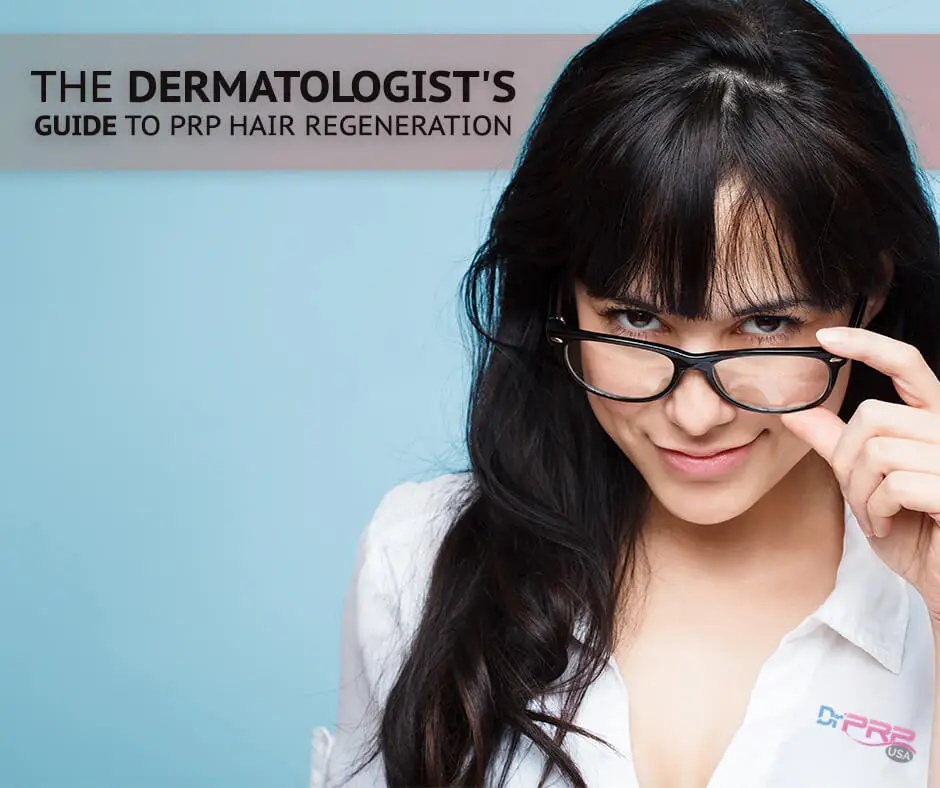
As a powerful medium of regeneration, Platelet-Rich Plasma has seen the most aggressive growth in demand among patients suffering from Alopecia. This is despite the relative lack of evidence surrounding the treatment. All because the results of PRP Hair Regeneration just can’t be ignored.
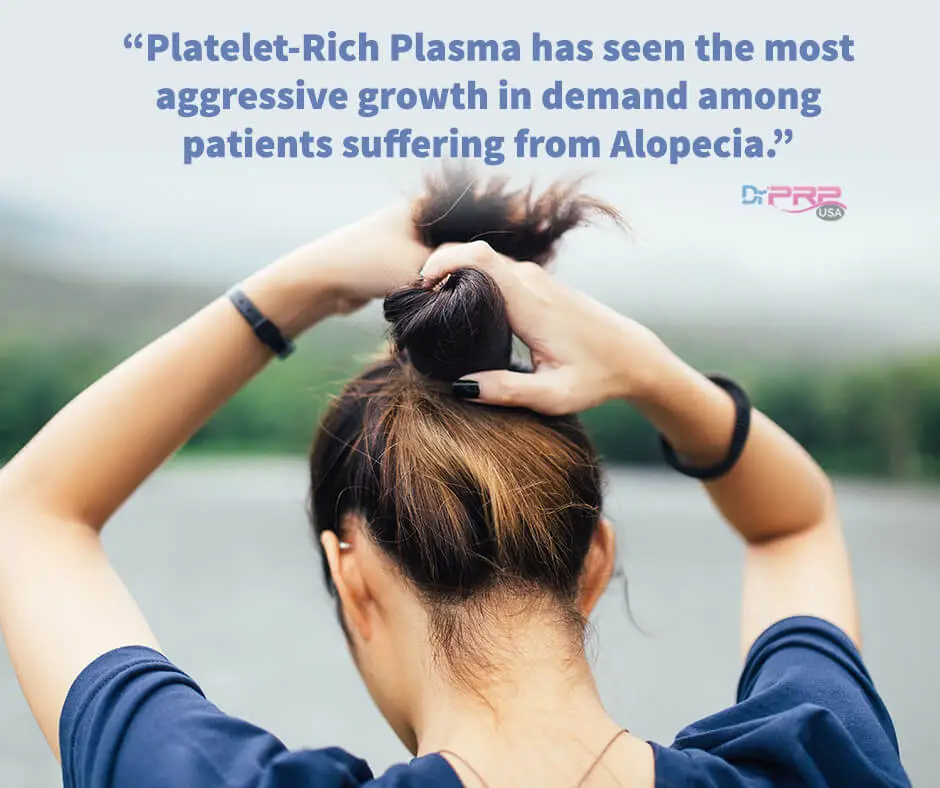
And researchers are starting to take it more seriously now.
New studies are emerging that prove the results are more than just opinions of dermatologists. The most recent one is a study published by Egyptian researchers, where they analyzed the results of 90 patients for a period of 3 months using digital camera photography and dermoscopic scans, and concluded that Platelet-Rich Plasma is more effective in the treatment of Alopecia than widely accepted topical minoxidil 5% solution.
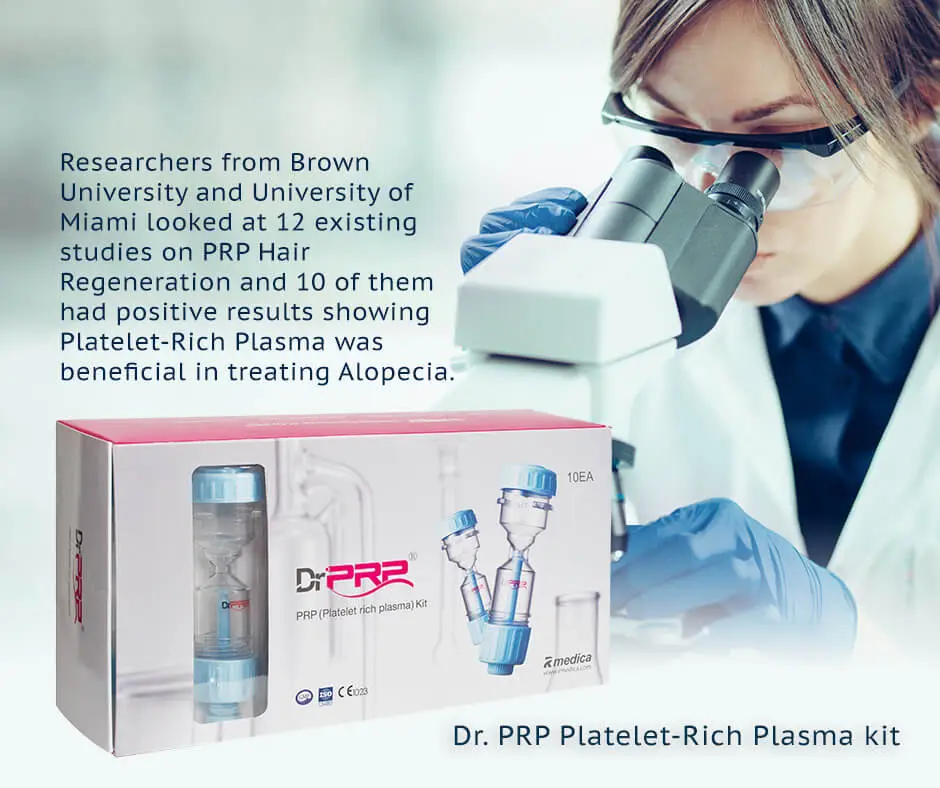
Prior to that, in a literature review by University of Miami and Brown University researchers, they found that, among the 12 studies they looked at, 10 of them had positive results showing Platelet-Rich Plasma was beneficial in treating Alopecia.
The Holy Grail Of Hair Science?
One of the most interesting studies is a study conducted by researchers in Southern Medical University, China. Although the study was conducted on lab mice, it presented very conclusive evidence for Platelet-Rich Plasma as a powerful biologic substance that both shortened the time of hair formation and increased the number of newly formed follicles. The possibility that Platelet-Rich Plasma can promote both of these functions at the same time makes it the holy grail of hair science.
There’s also this other study By Italian researchers suggest that the optimal concentration of Platelet-Rich Plasma for PRP Hair Regeneration is 1.5 million platelets per microliter and that higher concentrations doesn’t seem to improve results (or may at times minimize the results). Although the study size is small (20 patients), it reported significant positive results after administering three PRP injections for each patient at 30-day intervals.
Little wonder that during the AAD 2017 Summer Meeting, it was one of the hottest topics discussed.
American Academy of Dermatology 2017 Summer Meeting
At the American Academy of Dermatology 2017 Summer Meeting, which took place a few days ago, Dr. Neil Sadick, MD, from Weill Cornell Medical College, was quoted as saying that Platelet-Rich Plasma is the hottest therapeutic tool dermatologists nationwide are talking about. Dr. Sadick also acknowledged the lack of a standardized treatment protocol that is holding back the procedure from going mainstream. But all of this is about to change as he mentioned that there are three MAJOR ongoing studies on the topic of PRP Hair Regeneration currently, whose outcome may shift they way this treatment is perceived right now.
Dr. Sadick’s co-presenter, Dr. Maria Hordinsky, MD, said that there’s no question that the demand is growing. And advocated dermatologists to start accepting the reality that if they don’t believe in it now, their customers might go somewhere else to get it.
She concludes by saying, “You have to get on the bandwagon of PRP if you work with patients with hair loss. There is no choice. It is very popular.”
Lack Of Evidence Or Lack Of Funding?
The lack of clinical studies may allude to the fact that funding for this kind of research is next to impossible to obtain. The Brown University and University of Miami researchers who conducted the literature review we cited earlier did not receive any funding for their work.
And so are almost all other literature on PRP Hair Regeneration. It explains the relative lack of robust evidence. But the dermatologists on the field are amazed by growth in demand they’re seeing. PRP looks like a disruptor in the long-stagnant Hair Regeneration industry. What they thought was a passing fad is now turning out to be a powerful force.
Isn’t time that every dermatologist in the country embrace Platelet-Rich Plasma as a standard treatment? Read this article to learn about other reason why you should consider offering the Platelet-Rich Plasma suite of treatments.
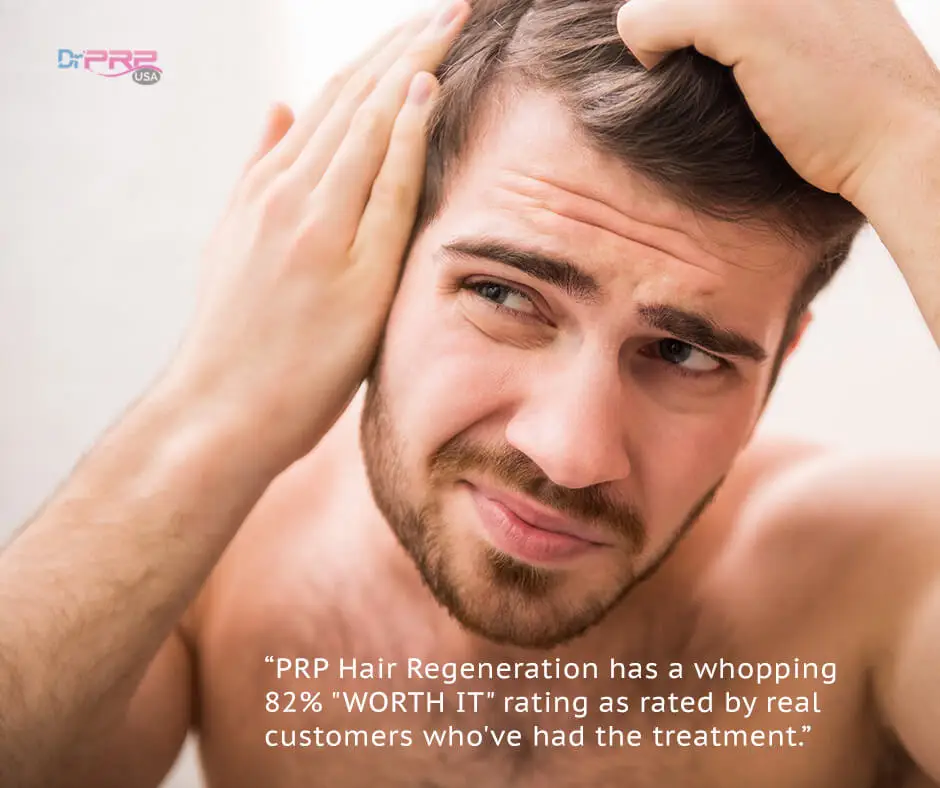
82% “Worth It” Rating In Real Self
Perhaps the best indicator of the effectiveness of a treatment is the customer feedback. The website Real Self is a portal that lists different cosmetic treatments and asks its user to share their experiences. PRP Hair Regeneration is among the most popular treatments discussed in that portal. And on this portal, PRP Hair Regeneration has a whopping 82% “WORTH IT” rating as rated by real customers who’ve had the treatment. It is also the cheapest treatment listed on the site with an average cost of just $1675.
One user in Real Self, who posted a before-after picture that was taken after only ONE PRP treatment, says he was impressed by how much Platelet-Rich Plasma had thickened his receding hairline. Comments like this are not uncommon on the Real Self portal.
More and more patients are seeking out PRP Hair Regeneration instead of the oral drugs and topical medicines because of its holistic, regenerative aspect. This is a “true solution” for hair loss with NO MAJOR SIDE EFFECTS.
Dr. Amiya Prasad, MD, a cosmetic surgeon and fellowship-trained Oculofacial plastic and reconstructive surgeon who’s been in practice for over 20 years, says, he has no doubt about the efficacy of PRP Hair Regeneration. In fact, he even says that he’s never seen any reversal of results in his patients.
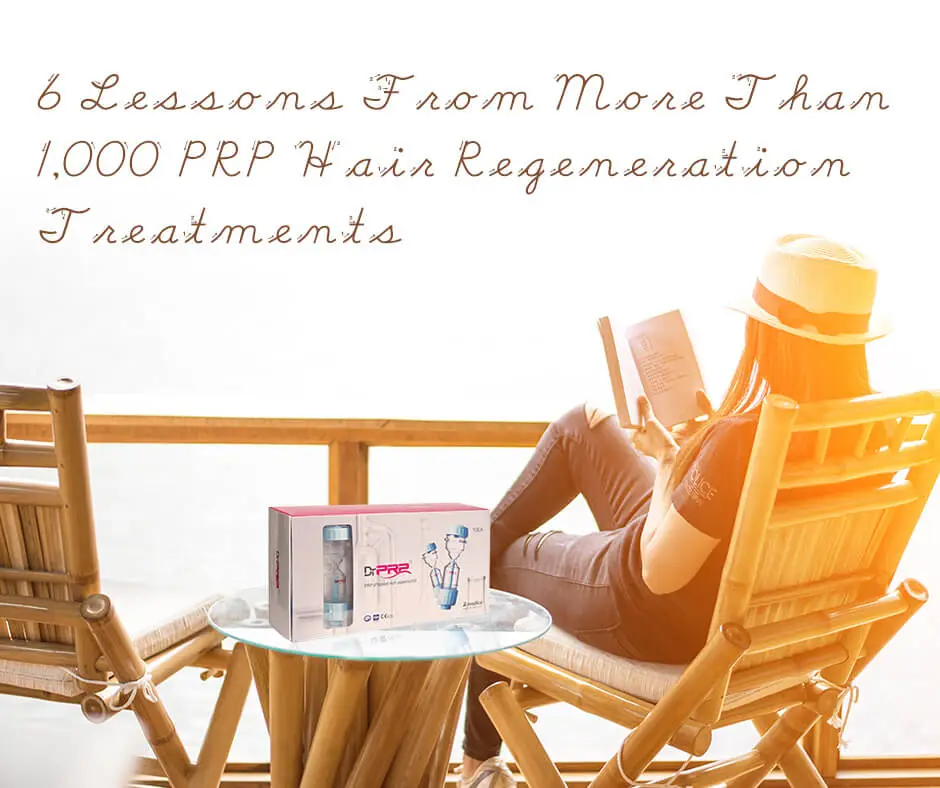
6 Lessons From More Than 1,000 PRP Hair Regeneration Treatments
Here are the tips shared by top dermatologists who’ve each performed more than 1,000 PRP Hair Regeneration treatments for their clients.
- There is no substitute for precise intra-dermal injection of Platelet-Rich Plasma at the level of the follicles.
- It may be helpful to be supported by micro pigmentation and topical Platelet-Rich Plasma in some cases.
- The concentration of platelets must be at least 5x the baseline or 1.5 million platelets per microliter (μL).
- Combining Platelet-Rich Plasma with non-surgical medication and laser light therapy may be beneficial.
- PRP Hair Regeneration is usually done 3 sessions about 1 month apart, followed by one more session about 12-18 months later depending on the results.
- Addition of an allograft matrix product to Platelet-Rich Plasma can greatly enhance the results of regeneration.
How to Prepare Platelet-Rich Plasma
Based on the input from dermatologists and Platelet-Rich Plasma experts, here’s how you can prepare the Platelet-Rich Plasma for hair regeneration.
There are three types of Platelet-Rich Plasma Kits. The ones that uses separator gels, ones that uses buffy coat with a single spin on the centrifuge and the ones that uses buffy coat with double spins on a centrifuge. Almost all physicians agree that the last option – using a buffy coat based Platelet-Rich Plasma kit that can be double spun produces the best concentration of 5X-7X above baseline, i.e., more than 1.5 million platelets per micro liter.
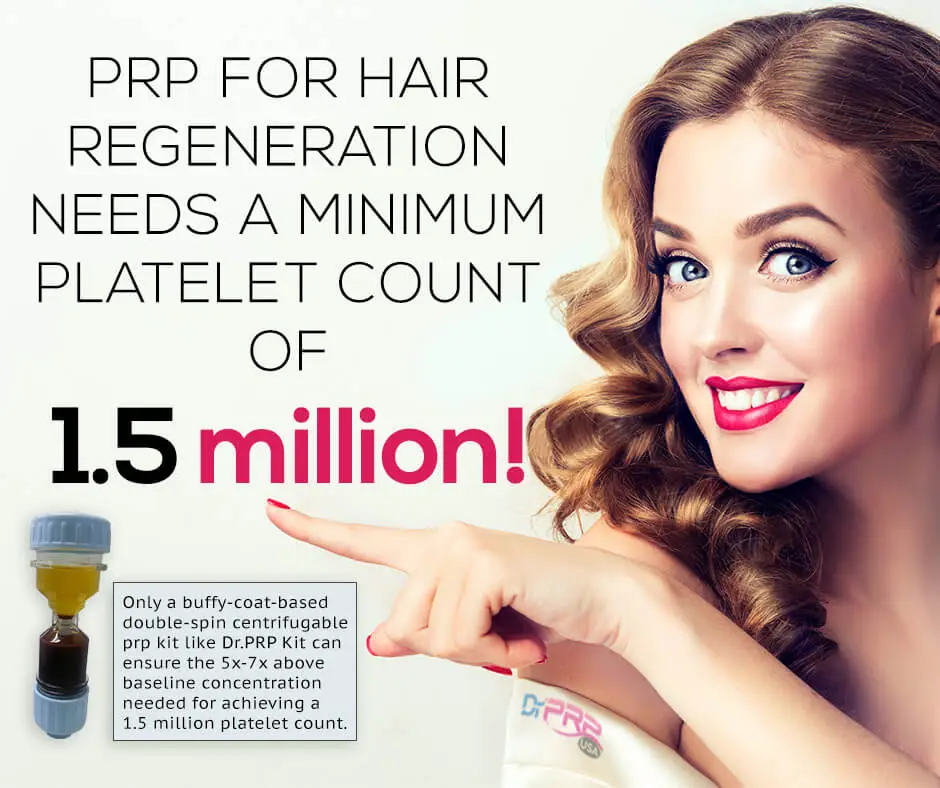
This concentration packs the most nutrients for the regeneration of blood vessels and recruitment of new stem cells that are required for hair regeneration.
The way to achieve this concentration using the Dr. PRP Kit is simple.
- Draw 17cc of blood into a Dr. PRP tube pre-filled with 3cc Anti-coagulant ACD-A.
- Centrifuge it for 3400 rpm for 4 minutes.
- You’ll see perfect PRP separation (else you can centrifuge it for another 1 minute.)
- Sequester the platelet serum from the RBC by adjusting the knob at the bottom of the Dr. PRP tube.
- Centrifuge it for another 6 minutes at 3,200 rpm.
- You’ll get about 10cc of Platelet serum with Platelets lying at the bottom of the chamber. Draw out the top 6cc of the serum, which is the Platelet-Poor PRP.
- The remaining 4cc is your Platelet-Rich Plasma that has more than 1.5 million platelets per micro liter. Shake it well, draw it out in a syringe and administer it.
With Micro Pigmentation Or Without?
Some dermatologists’ recommended PRP Hair Regeneration protocol includes Micro Pigmentation with topical application of Platelet-Rich Plasma. In some cases of hair loss, this can have a beneficial effect.
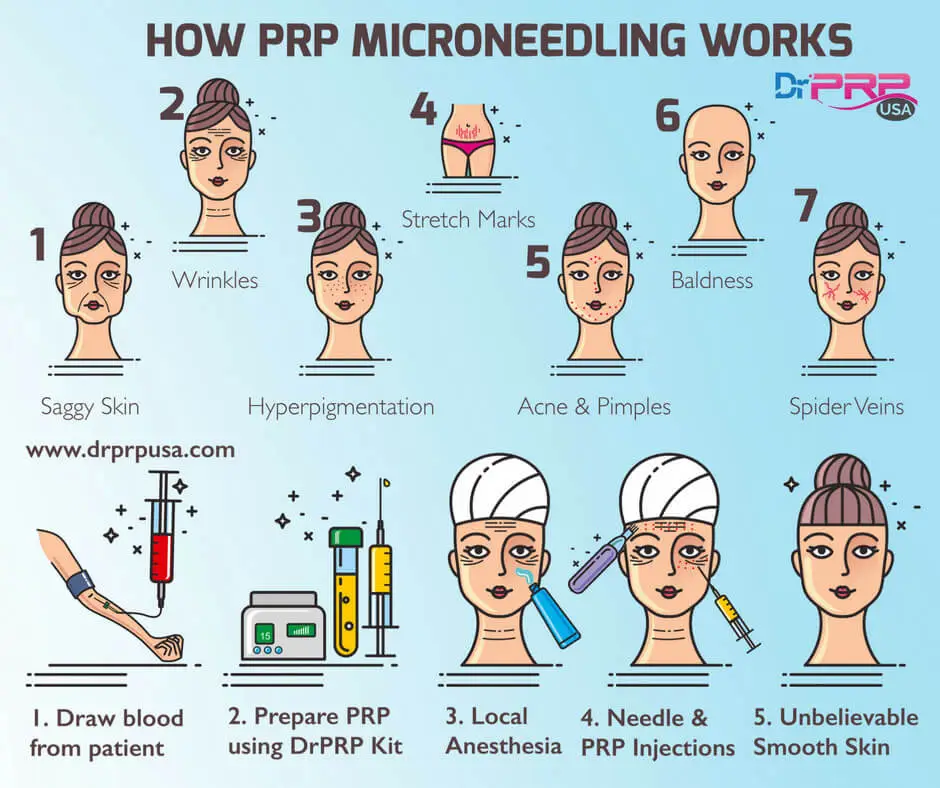
Micro Pigmentation, using a device like Bella, creates a series of micro-trauma that warrants a healing response in a manner that covers the entire area of the scalp. This together with the applied Platelet-Rich Plasma will stimulate growth activities in the cells.
Most dermatologists who do micro pigmentation sandwich it between PRP injections. Say they’re giving a 3-session treatment at a 30-day interval, they’ll inject Platelet-Rich Plasma deep into the derma for the first and the last treatments while the second treatment will be just the Micro Pigmentation with topical application of Platelet-Rich Plasma.
So yes, it is purely optional. With or without this, there is no avoidance of intra-dermal application of Platelet-Rich Plasma for PRP Hair Regeneration. Micro Pigmentation with PRP is most effective for skin rejuvenation of wrinkles and sun damage.
If you’d need a micro pigmentation system, check out our CelluPen Pigmentation device. It’s been used by some of the top skincare centers we know.
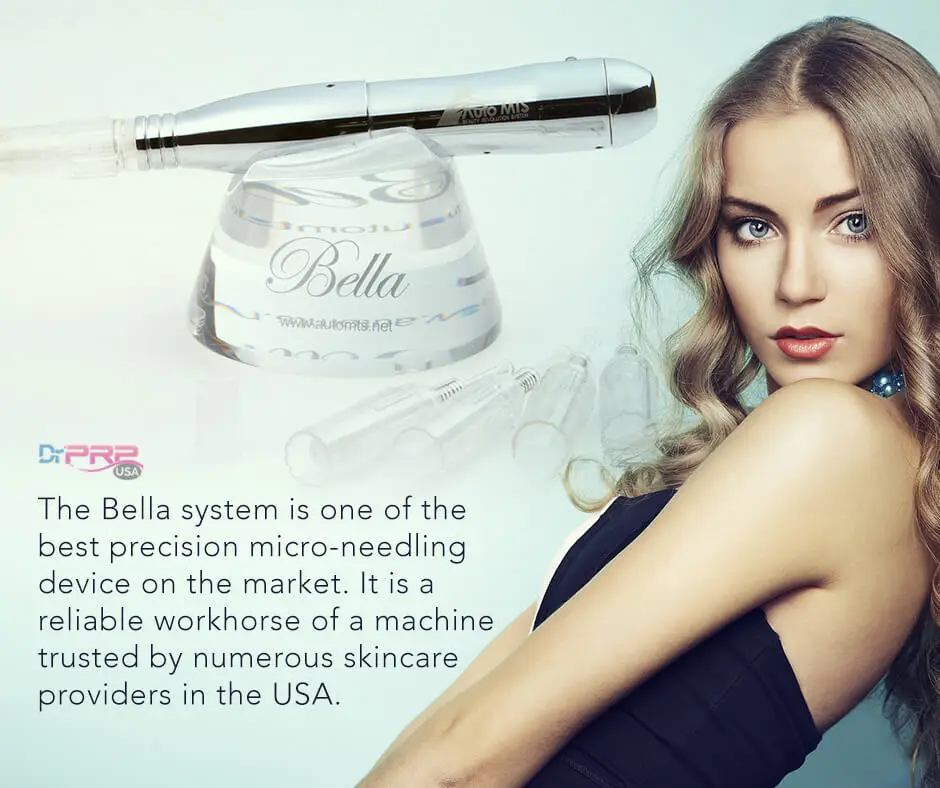
PRP with Allograft Matrix
One of the hidden gems we uncovered when looking at Hair Regeneration experts is that they often combine Platelet-Rich Plasma with some kind of allograft matrix. Allograft matrices are widely used in chronic wound healing – it actively changes inactive adult stem cells back into progenitor cells (its active form) and facilitates faster healing and regrowth.
When a high concentration of Platelet-Rich Plasma is combined with Allograft matrix, the matrix acts as scaffold for growth-factor induced cellular proliferation. There are many respected hair restoration experts in the field offering this combination with a very high degree of success. One prominent NY-based hair restoration expert says this combination has never failed to work in his practice with hundreds of clients.
The most commonly used Allograft matrix is derived from porcine urinary bladder tissue. But we recommend a more superior allograft matrix that is derived from amniotic fluid and tissues. This type of Allograft matrix is “immune privileged” meaning that it can be introduced into the body with virtually no chance of a harmful immune response as compared to allografts obtained from porcine bladders.
If you want to choose an allograft product, take a look at our post on the topic.

Standard drugs vs PRP Hair Regeneration
So far the widest prescribed drugs for male pattern hair loss are Minoxidil and Finasteride. These drugs are designed to prevent progression of hair loss. Minoxidil works by opening up the cell channels allowing more oxygen, blood, and nutrients to reach the follicles. Finasteride prevents the conversion of testosterone to dihydrotestosterone (DHT) which translates to less androgen activity in the scalp. In other words, these are temporary solutions. If these drugs are discontinued, any therapeutic benefits will reverse within about 6 months. I think almost every physician knows that. And the people who take these drugs will still lose hair as it’s not 100% effective in its function of stopping hair loss. Plus as I said, there’s no stimulatory effect on hairs.
You may know where I’m going with this. Platelet-Rich Plasma is a whole another story. It’s perhaps the only treatment out there that has clinically proven to regenerate hair follicles. Meaning it not only slows down hair loss, it actually helps promote new hair growth. The question is how long can the effects last. Some patients report that a single injection treatment with a combination of PRP and Allograft injection has produced for them hair regeneration results for FIVE YEARS AND RUNNING. Of course, different patients have varying outcomes.
The point is… until recently we only had two serious options for hair loss recovery. We had drugs that produced temporary effects, and we had surgery that transplanted hairs. And nothing in between. That’s why PRP Regeneration has gained a lot of traction recently.
This doesn’t mean all other treatments are obsolete. Some patients prefer a comprehensive approach to battling hair loss and they’ll want to fire-on-all-cylinders right from the start. Fortunately, Platelet-Rich Plasma treatments have little side effects or contra-indications and can be safely combined with other treatments.
Combining PRP with other treatments for maximum results
We haven’t found any adverse effects in using Platelet-Rich Plasma with either the Minoxidil foams or the Finasteride drugs, nor with other Laser light scalp stimulation therapies. So potentially you could do it all together. It’s entirely up to your patients – whether they want to focus on PRP Hair Regeneration alone or also pursue temporary solutions like drugs, foams and light therapy.
Another potential treatment that can be combined with Platelet-Rich Plasma and Allograft injections is Vitamin D. Vitamin D is proven to increase transformation of hair follicles.
Get On The Bandwagon Of Platelet-Rich Plasma
The trend for PRP Hair Regeneration, PRP Skin Rejuvenation, PRP Sexual Revival And PRP Facelift Procedures are on the rise. And it’s not showing signs of any slow down.
As many of the dermatologists already believe, you have to get on the bandwagon – there’s no choice. The demand for this treatment is only growing. And by refusing to believe in it, you’re potentially denying your customers their right to use regenerative medicine.
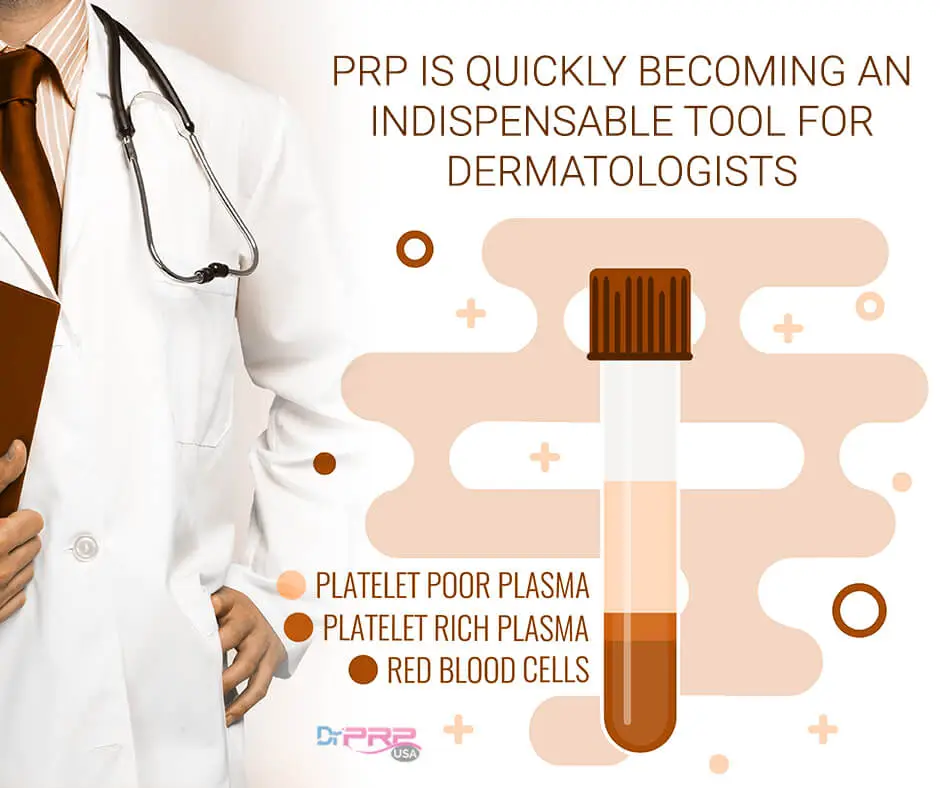
If you’d like to talk to us about the specifics of various protocols, give us a ring at (844) 377-7787. Or head on to our shop to order a trial pack. We’ll be happy to assist you in making a decision about Platelet-Rich Plasma. And don’t worry, we’re not sales professionals. We’re medical professionals just like you. : )
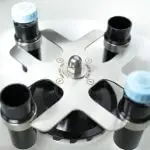
Comes with accessories
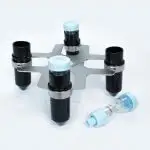
Comes ready-to-use
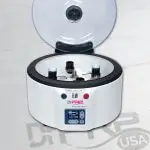
Industry’s top centrifuge
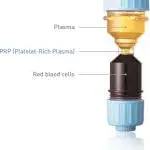
Achieve perfect PRP concentration


